Project Overview
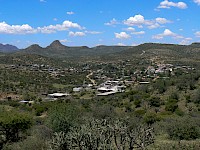
Our Coneto Silver-Gold Project is located in the Mesa Central, on the eastern flank of the Sierra Madre Occidental Mountains. It is situated in the region around the village of Coneto de Comonfort, 100 km north of Durango City, in Durango, Mexico.
Coneto de Comonfort is a historic mining town and has a municipal population of approx. 4,000 people, which provides a good source of local labour and services.
Also, the local infrastructure is excellent:
- On the national electric power grid
- Paved road leads to center of project
- Many additional gravel access roads
- 35 km east - nearest major highway
Orex has 45% ownership of 4995 hectares of mineral concessions at Coneto. It is currently being operated under an Association Agreement with Fresnillo Plc.
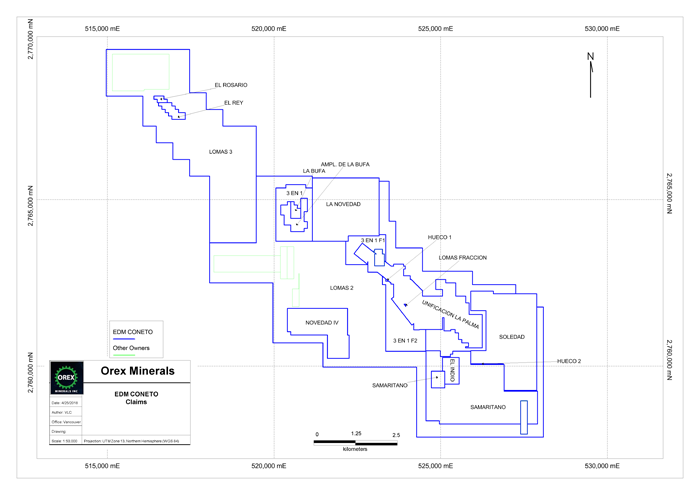
CONETO MINING DISTRICT
The historic Coneto Mining District is situated in the heart of the "Mexican Silver Trend" which stretches from Guanajuato in the southeast, through to the states of Zacatecas and Durango.
The trend hosts some of the world's largest silver deposits, including:
- Fresnillo - largest primary Ag-Au mine in the world & past billion oz Ag producer.
- Guanajuato - past billion ounces Ag producer with 3 currently producing mines.
- La Colorada - current producing mine of Pan American Silver.
- La Pitarrilla - major development project of SSM Mining (formerly known as Silver Standard)
- La Preciosa - major development project of Coeur Mining Inc. (previously owned by Orko Silver Corp.).
- Real de Angeles - past AG-Zn-Pb producer in Zacatecas State.
- Zacatecas - past 750 million ounce Ag producer, with Capstone's Cozamin mine in production.
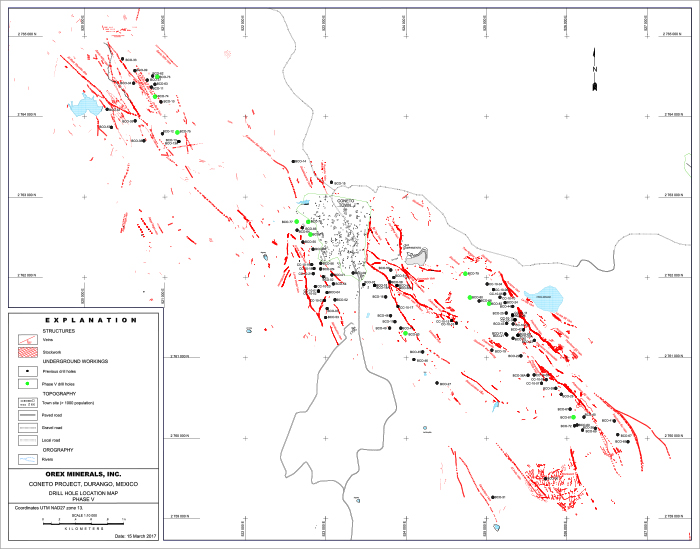
ASSOCIATION AGREEMENT WITH FRESNILLO PLC
Orex has signed an Association Agreement with Fresnillo Plc to explore the Coneto Silver-Gold Project. Orex and Fresnillo hold extensive contiguous mineral concessions in the Coneto Mining District, which collectively total approx. 4995 hectares and cover more than 40 known mineralized epithermal quartz veins. A joint technical committee, with both Orex and Fresnillo representation, manages Coneto.
Fresnillo PLC had an option to spend up to $US 6,000,000 before February 2015 to explore the Coneto Silver-Gold Project in order to earn 55% ownership which Fresnillo has completed and the Coneto Project is currently owned 55% Fresnillo : 45% Orex, with the Coneto Mining District mineral concessions of both companies pooled as a contiguous block.
MINING HISTORY
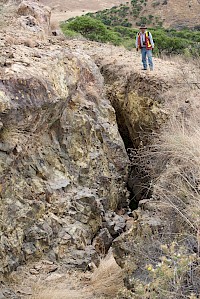
With a history of more than 400 years, Coneto has been a mining camp since the days of the Conquistadores. Over 40 veins of silver & gold have been documented in the Coneto mining camp, some over 20 m wide and extending more than a km in length. Very little diamond drilling had occurred on the property. However, drilling records from the 1970s yielded grades of 2.35 g/t Au and 224 g/t Ag for a silver equivalent of 365 g/t over 3.15 m in Loma Verde, part of the western vein system. The central vein system was also mined in the 1970s by private companies. Mining on several veins has only gone as far down as the water table, yet the veins continue below that level.
Silver-equivalent determined as silver grade plus 60 times gold grade, the 10-year average metal price ratio on the London Metal Exchange. This also assumes 100% recovery, and does not include a contribution from base metals, nor fluorite.
SUB-DISTRICTS
Central
The central vein system was mined most recently by private companies for silver & gold in the 1970s, but closed in the early 1980s due to a drop in silver prices. The Palma and the Sauce veins were mined down to the water table.
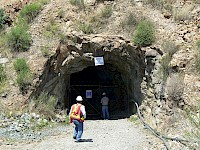
South-Eastern
The southeastern vein system had been mined to extract 'fluorite' from the Durazno and Impulsora veins. In places, the vein is 20 m thick. These operations mark a high level in the epithermal vein system. The southeastern vein system shows an increase in sulphides & precious metals with depth. Also in the southeastern zone is the broad Promontorio, a gold-rich stockwork system.
Western
The western vein system was drilled with one hole in the late 1970s, in the Loma Verde vein. Gold & silver results were strong and while a follow-up program was planned, it was never executed. Since then, 20 holes have been drilled in Loma Verde in Phases I to IV.
Northern
Additional vein systems are located in target areas to the North including La Bufa, Santo Nino, El Reliz, Rosario, and El Rey.
GEOLOGY
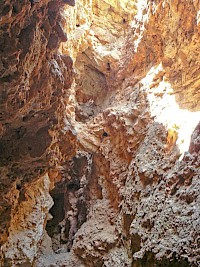
The area exhibits an extensive system of hydrothermal alteration indicative of the presence of mineralization. Low to intermediate-sulphidation epithermal silver-gold quartz veins are in a window of Tertiary age lower volcanic group andesites, the same rock formation which hosts other similar silver-gold deposits. The mineral zonation shows that Coneto is high in the epithermal system and that the system is preserved. In this type of deposit, the top is fluorite rich, zoning to precious metals followed by base metals. Similar deposits in Mexico have mineralized vertical extents in the 300 m - 600 m range.

 Coneto
Coneto